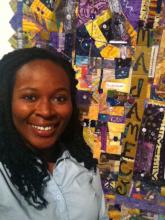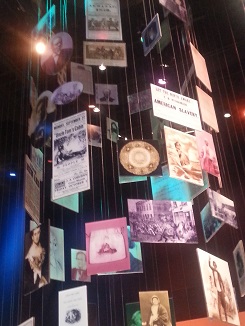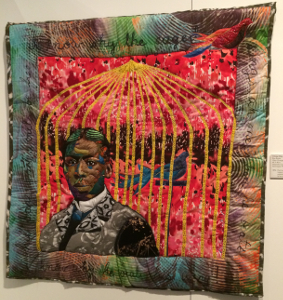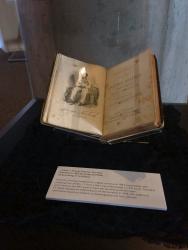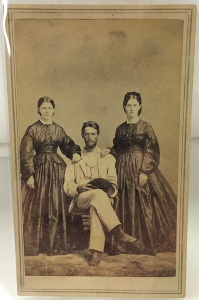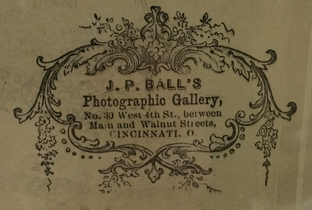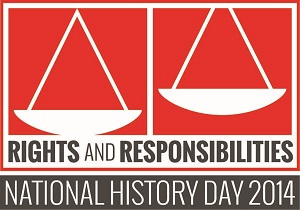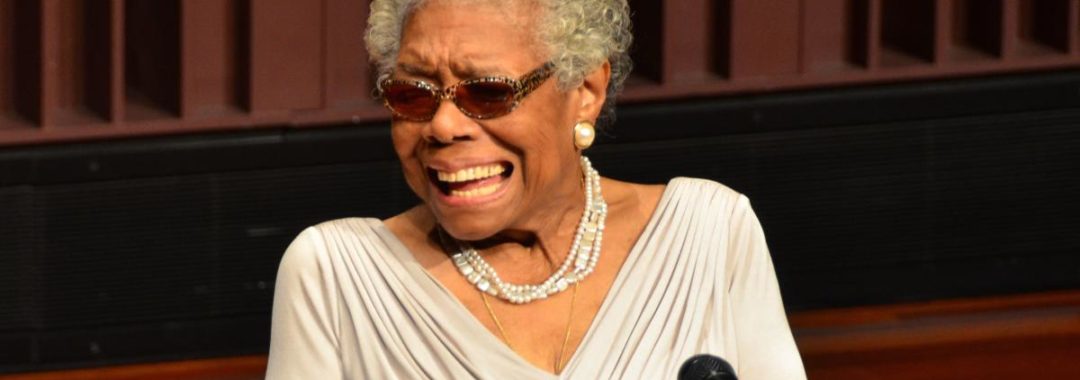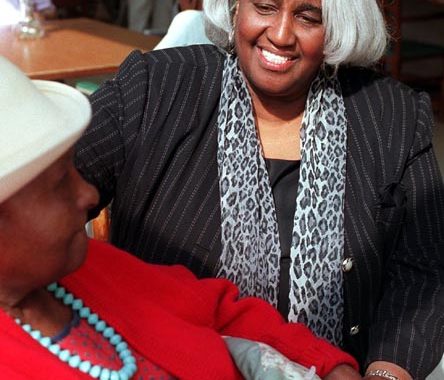The Making of "Cincinnati's Soldiers"
Creating an Online Exhibit
Someone recently asked me “how do you create exhibits at the Freedom Center?” Well, every exhibit is slightly different, but I can tell you how we created our new online exhibit, Cincinnati’s Soldiers: Men and Women in the First World War.
Photographs from World War I
It began with a collaboration and a collection. The collection, housed at the Cincinnati History Library and Archives, is a group of portraits of service people donated after display at the Allied War Exhibition at Music Hall in 1918. Since we wanted to tell individual stories and show the impact of factors such as race and gender on opportunities to serve, this record of people who served seemed like the perfect place to start. We combed through the photographs to decide which ones we would include. As often happens, we found more stories than we could tell in one exhibit.
The demographics of the portraits tell one story: they are the result of discrimination in the military and aid organizations at that time. In the entire collection – which held nearly 3,000 portraits – there were only ten African-American men, five white women, and no African American women. In addition to portraying racial and gender diversity, we also wanted to show a range of jobs and duties performed by service people in the Great War, so we chose individuals to research based on those factors.
Discovering the Stories
Once we had identified subjects, we had to learn more about them. We used tools such as Family Search and Ancestry.com to look at birth records, census data, and death records to find out more about these individuals’ lives and family relationships. The Cincinnati City Directories told us where and how these people lived. Selective Service Draft cards included servicemen’s professions in civilian life.
For me, learning about these people was the most exciting part of creating the exhibit. Make sure you check out Francis Herman Gow, the Simms family and the professional women (a doctor and a lawyer in 1918!) in Cincinnati’s Solders. If you would like to explore these types of records, visit the Freedom Center’s Family Search Center, where you can research your family’s genealogy.
Putting It All Together
Once we knew the stories we were telling, we had to put the exhibit together. We wrote a script describing the collection and each individual. The archivists at the Cincinnati History Library and Archives scanned the photographs for online display. The script was revised and edited many times. The look of the exhibit was designed by our Brand Champion, Jesse Kramer, and the content uploaded to the Freedom Center’s website. I hope you get a chance to look at s Soldiers, and that you enjoy learning about these amazing individuals.
- Nancy Yerian, AmeriCorps Member, Ohio History Service Corps
